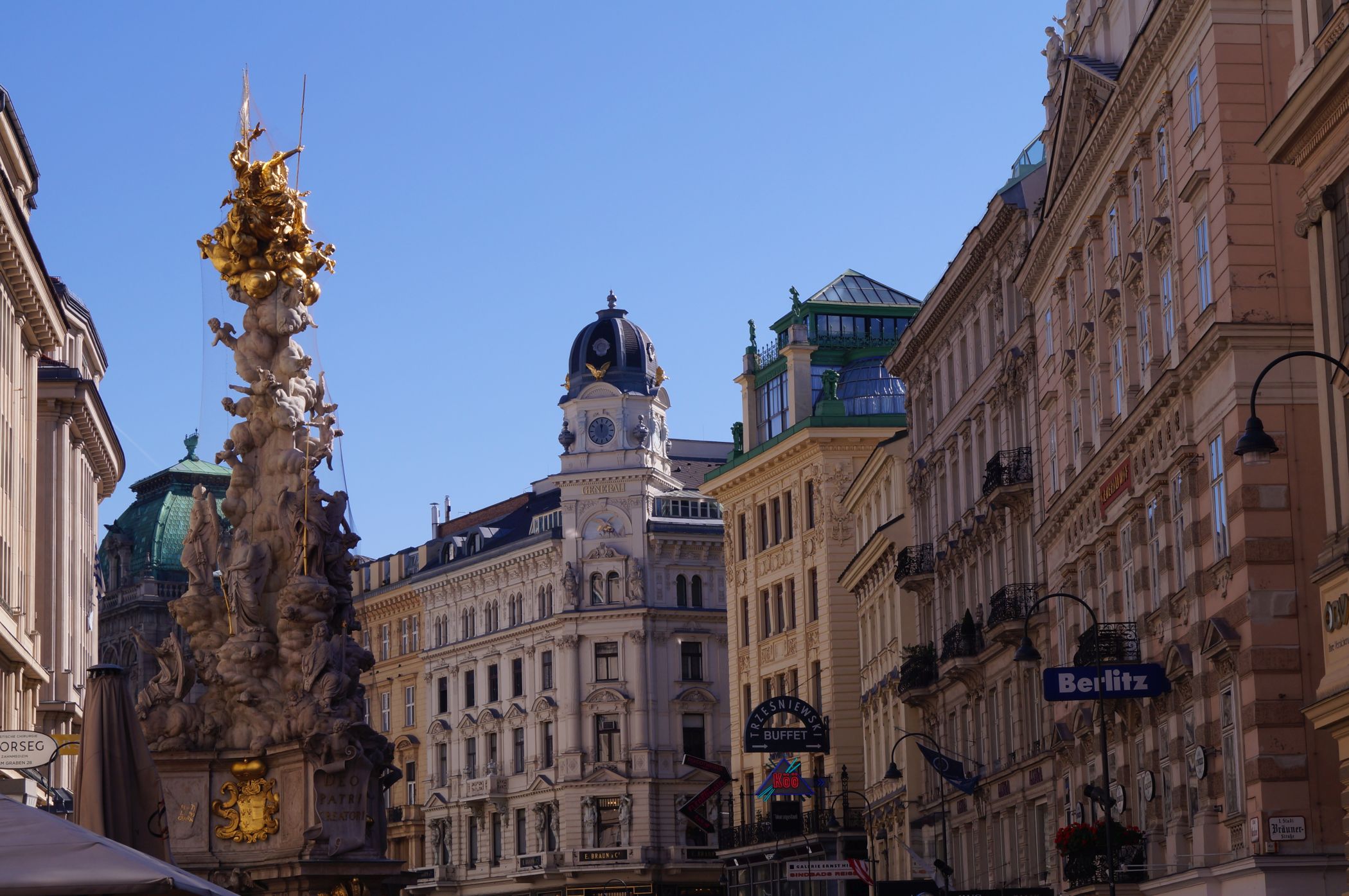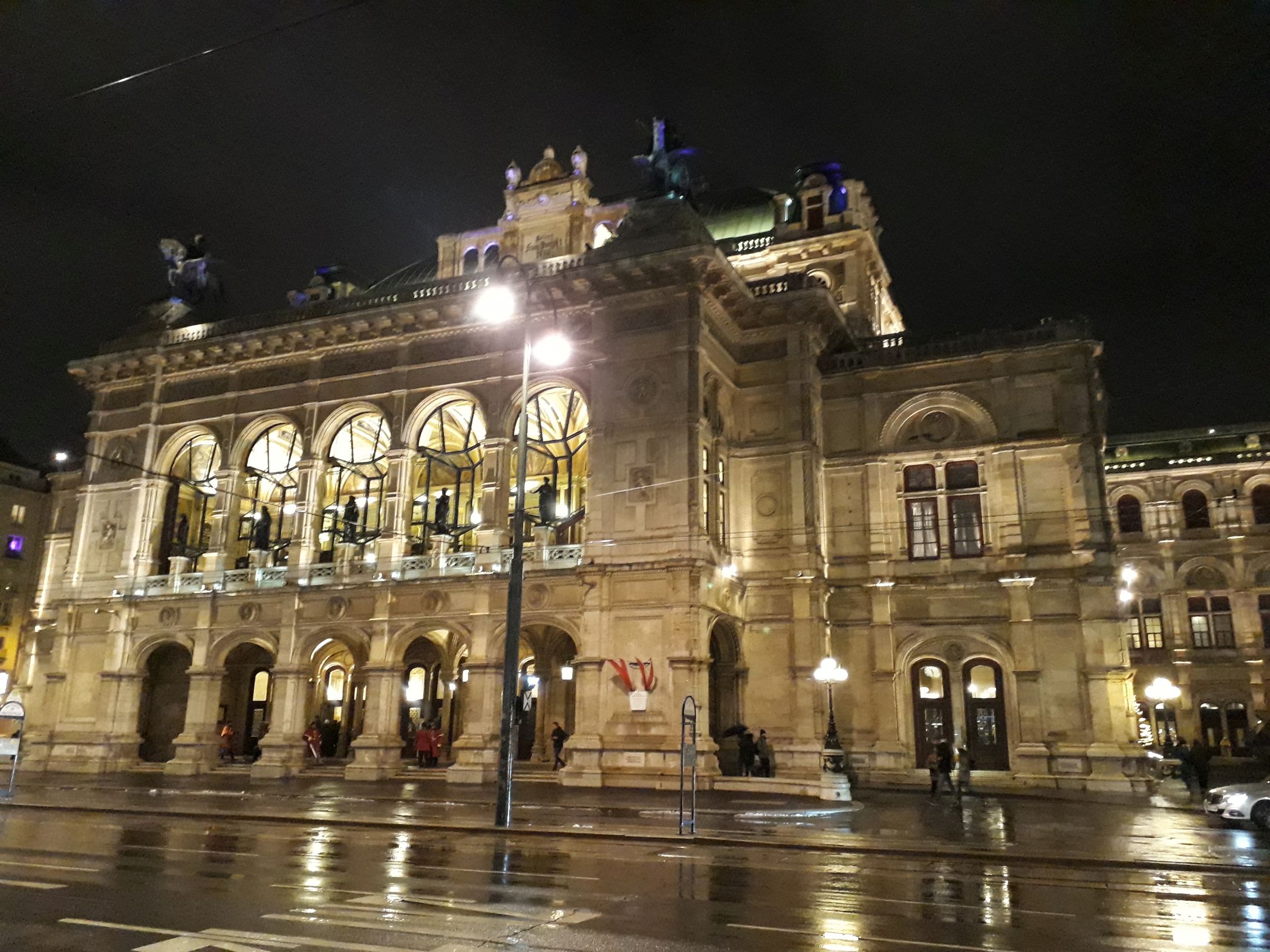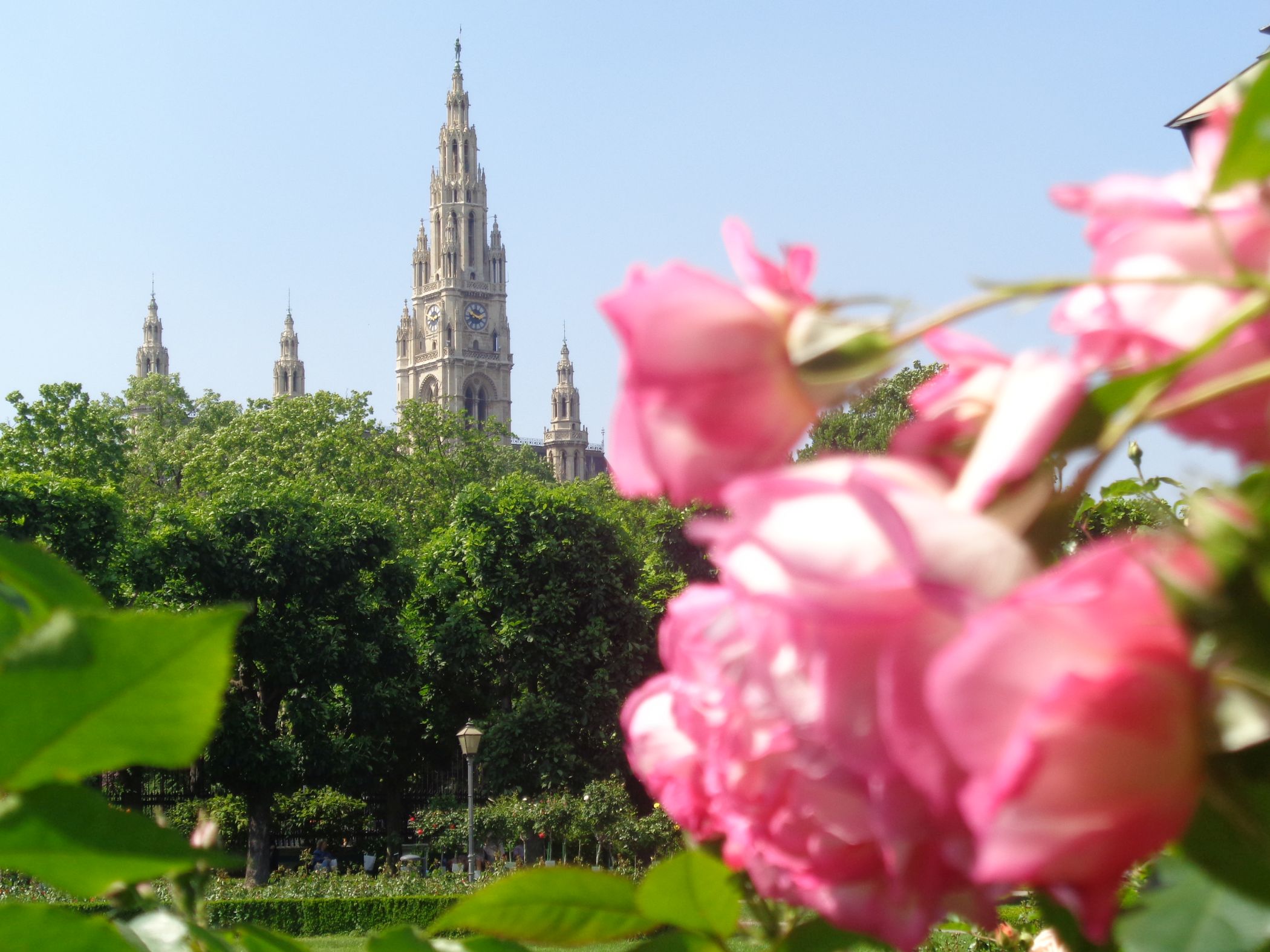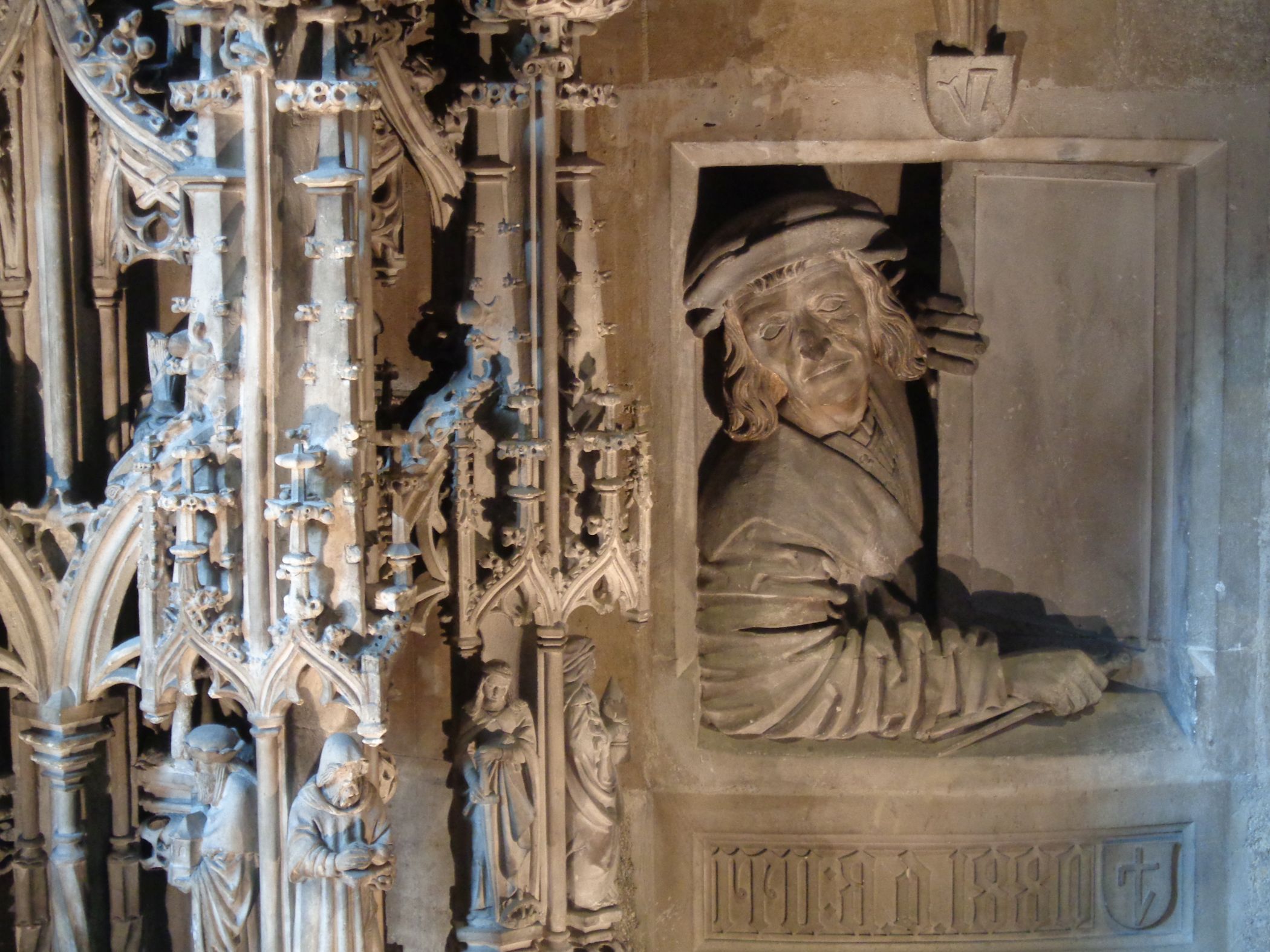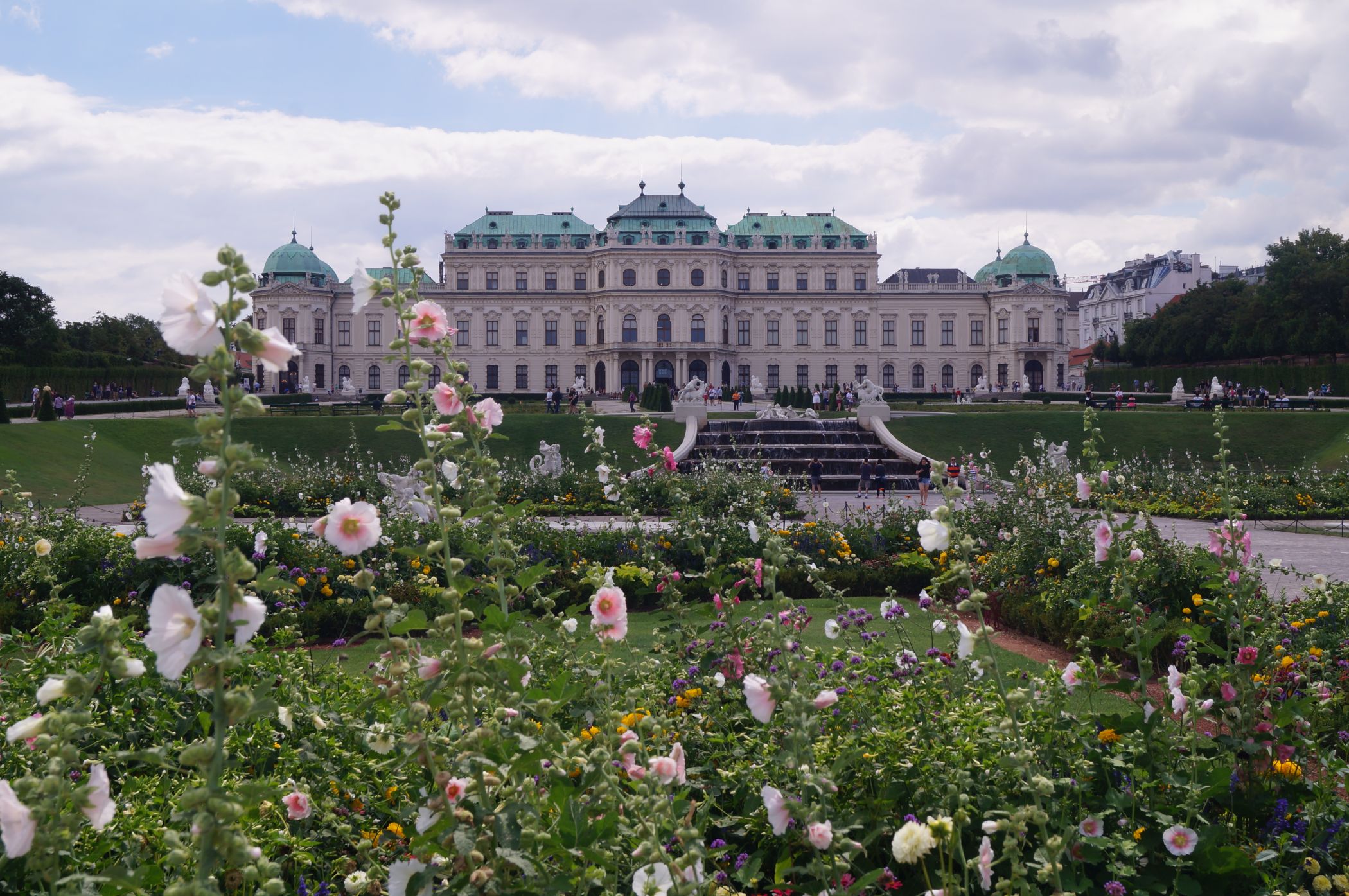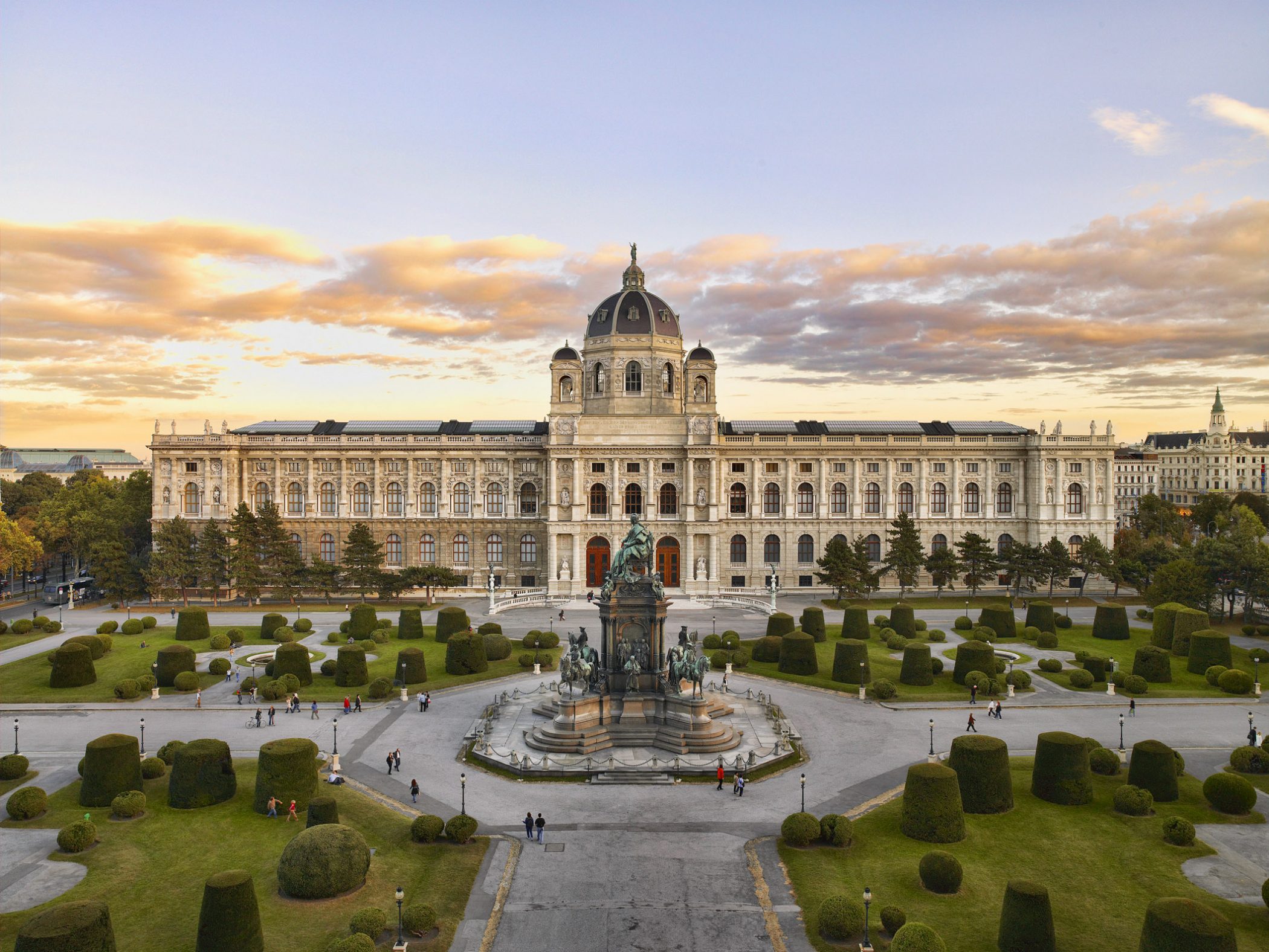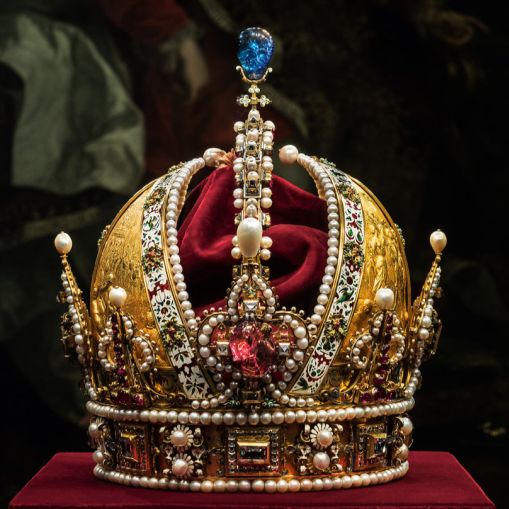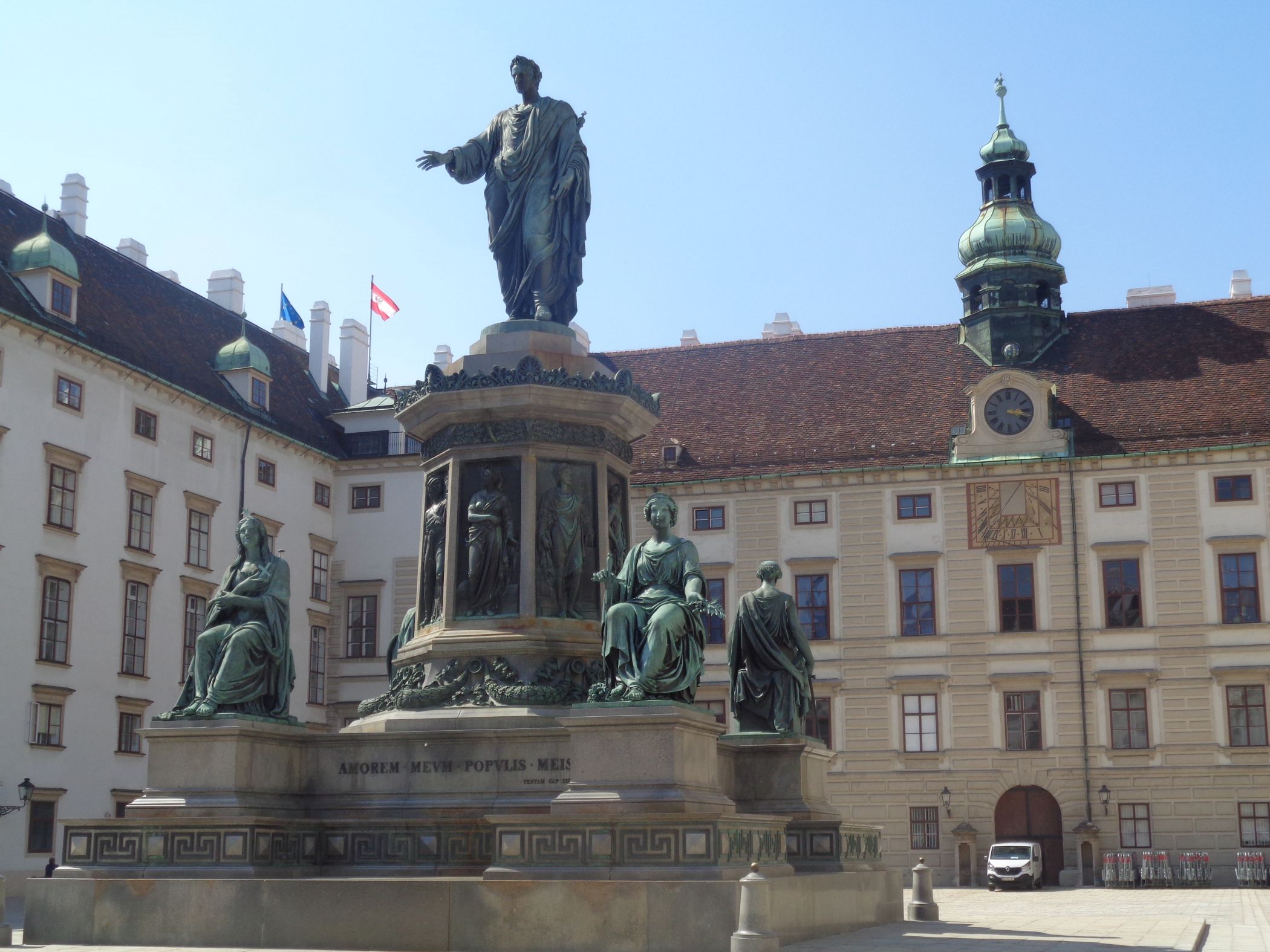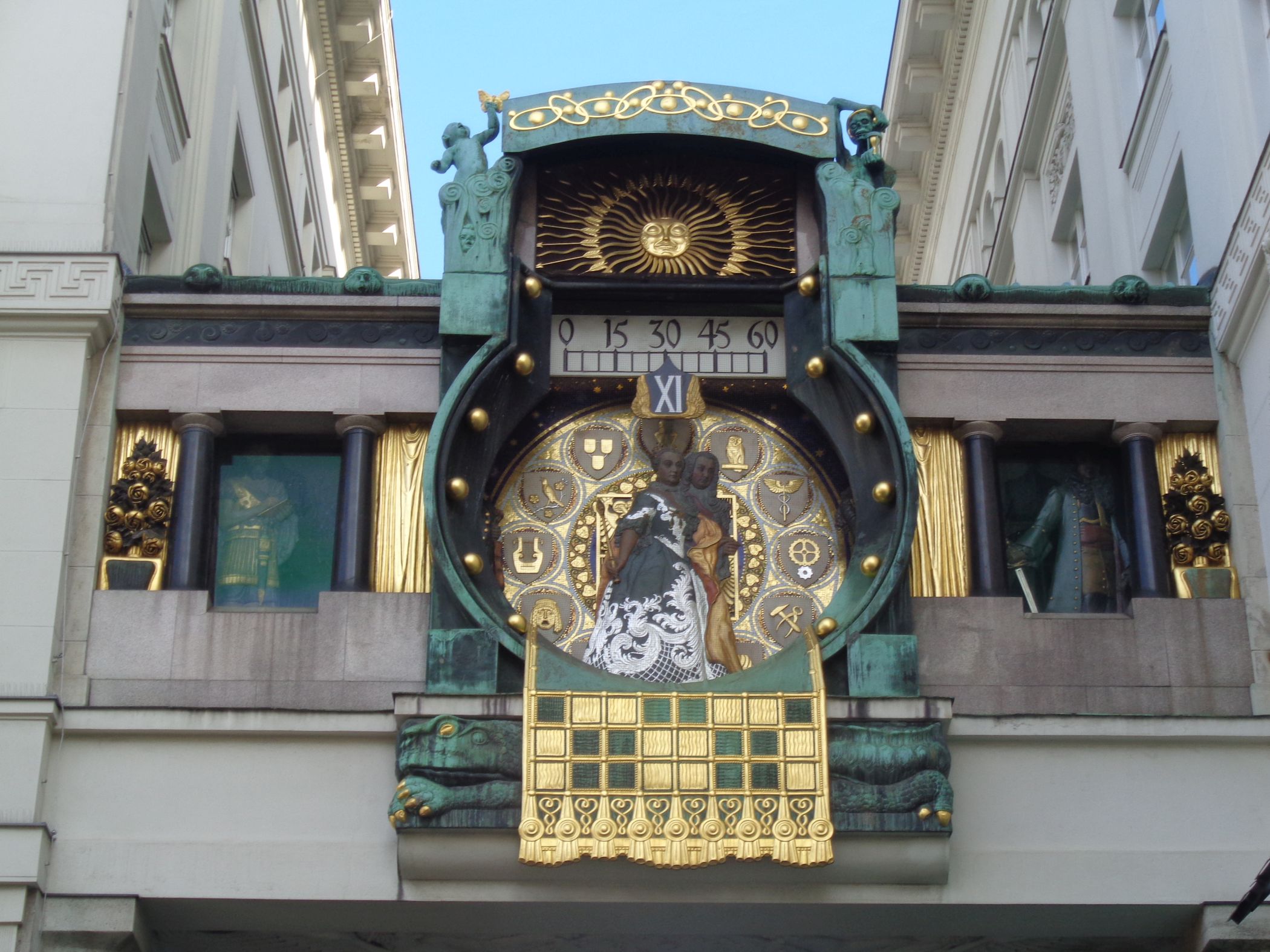Vienna – Love at first sight
Classic walking tour of the city
Is it your first time in vienna? Welcome to Vienna and a walking tour through a city as charming as the pictures from a fairy tale. In the city center, the bustle of modern life shares space with monuments to history: The city’s most iconic landmark is St. Stephen’s Cathedral, while the center of political power was, and is, the Hofburg palace. We will stroll to the most famous sights along “the golden U” in the heart of the city.
Classic bus tour
The Ringstraße is truly a magnificent boulevard: Heads swivel left and right hoping not to miss any of the sights crowded one next to the other. To give your neck a rest, we’ll travel to the Prater park to see the Riesenrad, the giant Ferris wheel, continue across the Danube River to the modern quarters of the city. Back across the Danube, the once great monarchy seems to be in full splendor again in the imposing palaces of Schönbrunn and the Belvedere. All these landmarks are part of the tour.
The Ringstraße
The building of the Ringstraße, an elegant boulevard, was the largest construction project in the monarchy’s history. How was it financed and organized? Did everyone involved in this building boom profit, or did some lose their shirts? Which architects and artists competed for commissions? We’ll find answers to these and other questions as we stroll along the Ringstraße.
St. Stephen’s Cathedral
For practicing Catholics, it is the center of worship. For the Viennese, it is affectionately known as “Steffl,” the city’s most iconic landmark. For rulers, it represented a potent symbol of the claim to power. The history of Vienna’s Stephansdom, St. Stephen’s Cathedral, reaches back to the 12th century. This monument tells stories of ambitious rulers, proud builders and miraculous Madonnas.
The Belvedere
Prinz Eugene, known as “the noble knight,” was the heroic conqueror of the Ottomans. In commissioning architect Lukas von Hildebrandt to design a splendid summer palace and elaborate gardens, all with an iconic view of central Vienna, he established a monument to himself. Today the palace is home to the Austrian Gallery of Art. Among the most famous works in the collection are Gustav Klimt’s painting, “The Kiss,” and significant works by Egon Schiele.
The Kunsthistorisches (Art History) Museum
The Kunsthistorisches Museum is among the most important museums in the world, and one could spend days wandering through its historic rooms. Great masters of art, such as Bruegel, Dürer, Raffael, Titian, Rubens and Velasquez will vie for your attention.
The Imperial Treasury
You will be wide-eyed with wonder when you see the glittering treasures in the showcases of the Imperial Treasury, the Schatzkammer. The crown of the Holy Roman Empire, the Order of the Golden Fleece, the Holy Grail or the holy lance all are the stuff of legend. To visit the secular and ecclesiastical treasuries in the Hofburg palace is to journey through thousands of years of European history.
The Hofburg Palace
For nearly 700 years, the Hofburg palace in Vienna was the center of power, from which the Habsburgs ruled their empire. No ruler moved into the apartments of his or her predecessor, rather each new ruler adapted existing tracts or built new ones. Over the course of generations, this palace grew to be a city within the city, the largest secular building complex in Europe and one of the most famous palaces in the world.
From Vindobona to Imperial Vienna
If time flies, on this tour, we will ride its wings through the centuries: It all began in the 1st Century, when the Romans established a strategic legionary fortress they called Vindobona on the shores of the Danube River, stationing about 6,000 soldiers here. Around 1900 Vienna had swelled to 2 million. From here the Habsburg dynasty ruled an enormous empire, which was home to more than 50 million people.

